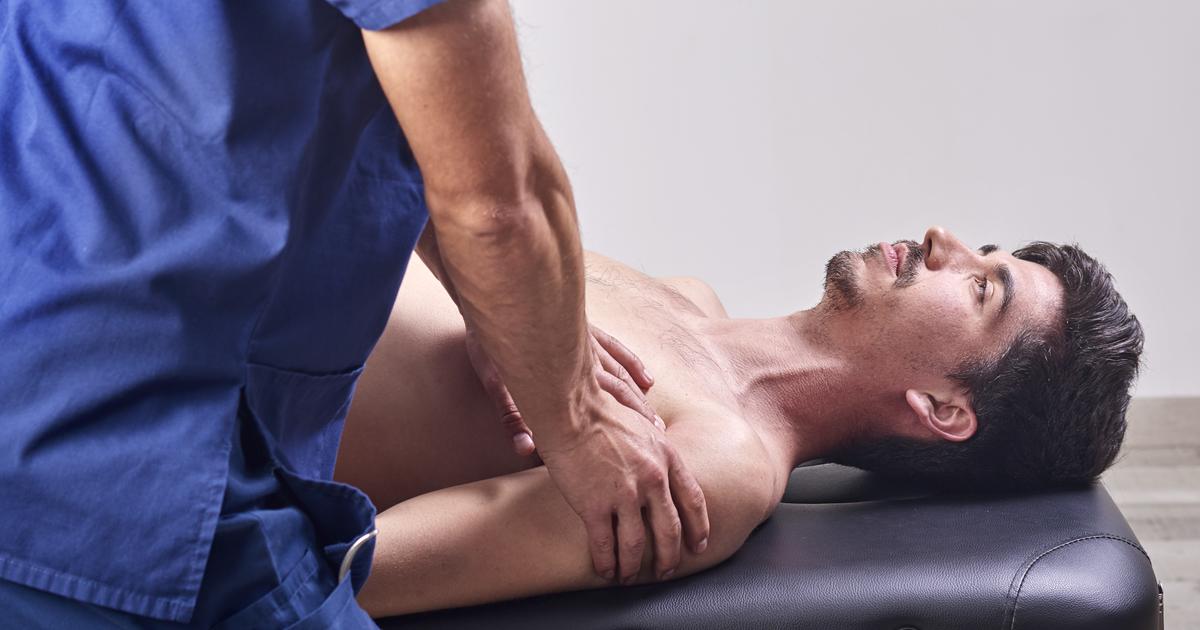What Is Osteopathy?
Benefits And Goals Of Osteopathy
While conventional medicine often focuses on alleviating the patient's symptoms, osteopathy goes beyond this by aiming for total health in mind, body, and spirit. Osteopathic physicians try to take a holistic view of the patient's overall health, and they treat the patient as a person, avoiding investigating the patient's symptoms alone. Osteopathic physicians may have more time to spend at each appointment than patients would receive with a conventional doctor, and osteopaths emphasize patient education. They instruct patients in steps that could minimize injury risk or illness. Generally, osteopathy uses a medication-free approach to treatment, and the majority of treatments involve the practitioner's touch. Since no medications are involved, the risk of potential side effects is much lower than with other treatments. Studies have shown osteopathy may be of particular benefit to patients experiencing chronic lower back pain, and patients who are pregnant can safely benefit from osteopathy by seeking out an osteopath trained in the care of pregnant individuals. Small studies have shown osteopathic care is also beneficial for patients with Bell's palsy, reflux, tendonitis, arthritis, epilepsy, degenerative disc issues, and fibromyalgia. Evidence suggests it can also help aid recovery after hip or knee replacements, and it can be an effective treatment for uncomplicated neck pain (other than whiplash).
Discover information regarding the safety of osteopathic treatments next.
Safety Of Treatments

Given its non-invasive approach, osteopathy is regarded by many as one of the safest alternative medicine treatments available. The treatment is even considered safe enough that it is regularly used on infants. After an osteopathy session using manipulation, some patients might experience minor soreness for up to forty-eight hours, though this is considered normal. If soreness continues for more than forty-eight hours, the patient may wish to speak with the osteopath or with their primary care doctor. Post-treatment soreness that persists for more than forty-eight hours only occurs in an estimated one out of every 50,000 to 100,000 patients. While osteopathy is very safe for most patients, individuals who have bone cancer, infections of the bones or joints, or severe osteoporosis should avoid forceful manipulative maneuvers during a session, including lymphatic pumps and all types of thrusts. For optimal safety, patients should always seek advice from their primary care physician about whether osteopathic treatment is safe for their health needs. It is also important to check an osteopathic doctor is registered before undergoing treatment with them, and patients may wish to interview several osteopaths and ask questions about their credentials and experience before choosing to be treated.
Get the details on where osteopathy may fall short next.
